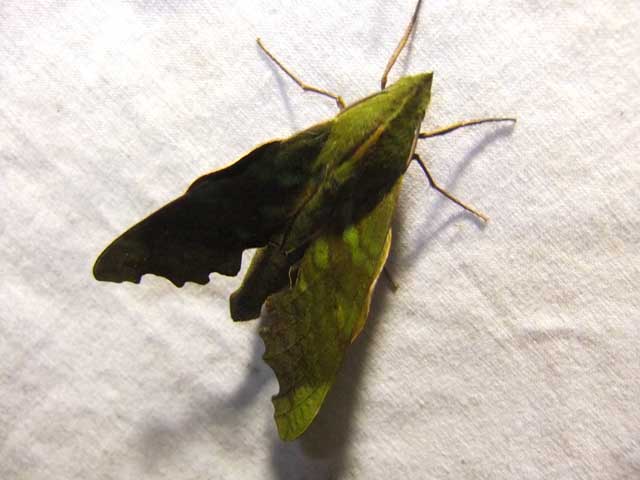
Stolidoptera tachasara, Oaxaca, Mexico, courtesy of Fernando Calvo.
This site has been created by Bill Oehlke. Comments, suggestions and/or additional information are welcomed by Bill.
TAXONOMY:
Family: Sphingidae, Latreille, 1802 |
|
|
Updated as per The Known Sphingidae of Costa Rica, November 2007 Updated as per personal communication with Jose Monzon (Guatemala); May 2009 Updated as per AN ANNOTATED CHECKLIST OF THE SPHINGIDAE OF BOLIVIA, December 2009 Updated as per personal communication with Fernando Calvo, Oaxaca, Mexico; July 5, 2012 Updated as per personal communication with Anna and Frank West, Guatemala: Izabal: near Morales, 75mm, August 2005, 2200ft; April 24, 2022 |

This site has been created by Bill Oehlke. Comments, suggestions and/or additional information are welcomed by Bill.
TAXONOMY:
Family: Sphingidae, Latreille, 1802 |
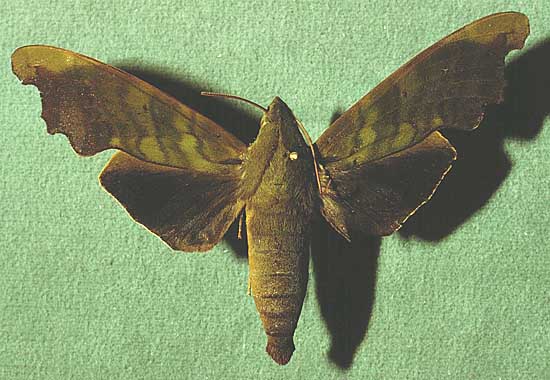
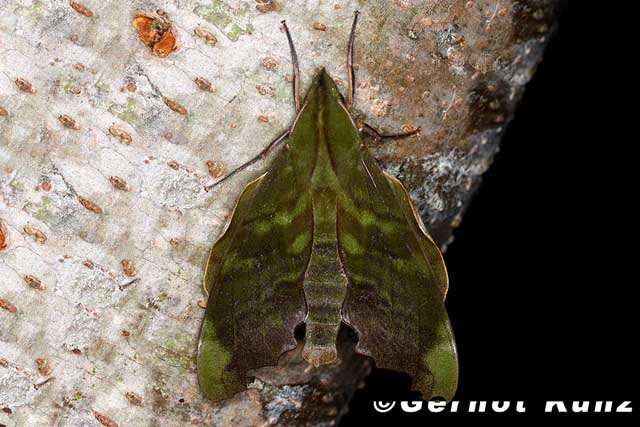
Stolidoptera tachasara, Trogan Lodge, San Gerardo de Dota, San Jose,
Costa Rica,
February 9, 2011, 2420m, courtesy of Gernot Kunz
Moths eclose from pupae under leaf litter or in subterranean chambers.
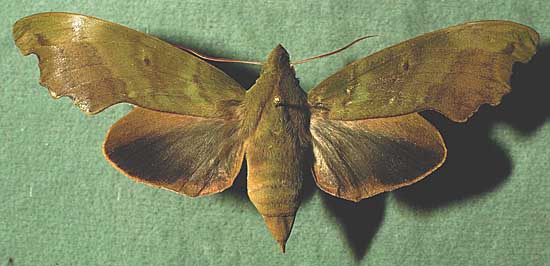
Males come in to lights quite frequently but females are almost never taken that way.
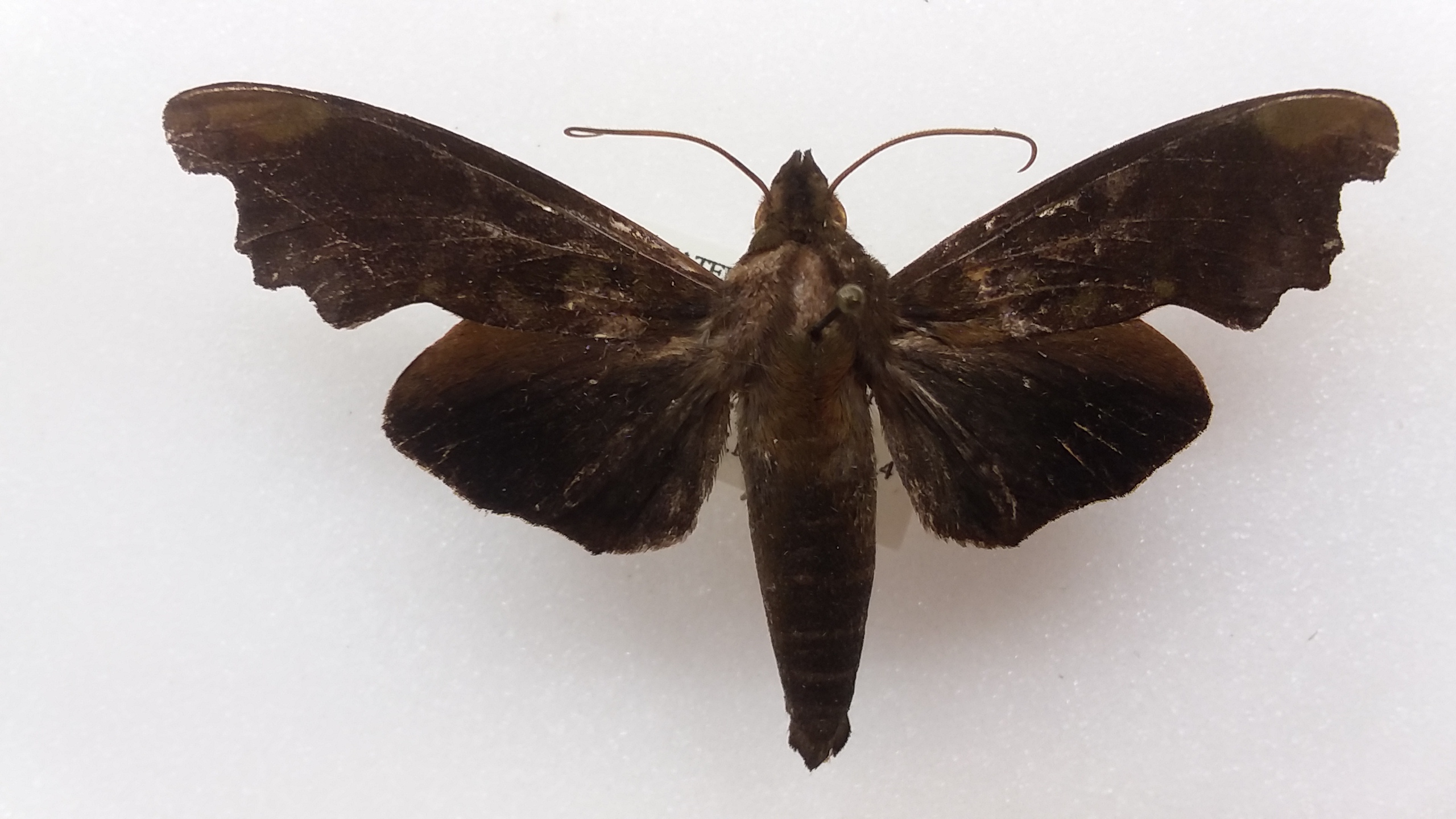
Stolidoptera tachasara, 75mm, near Morales, Izabal, Guatemalae,
August, 2006, 2200ft, courtesy of Anna & Frank West>
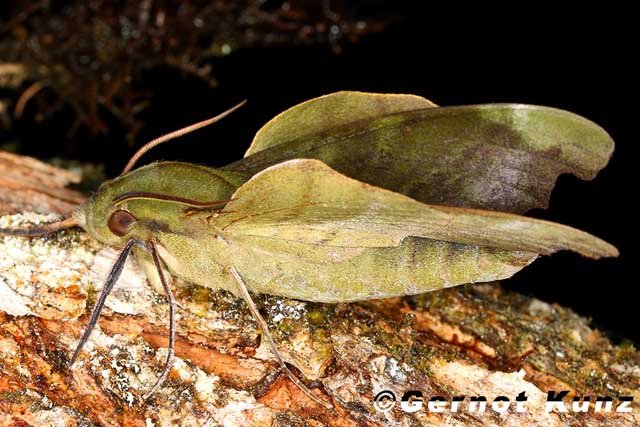
Stolidoptera tachasara, Trogan Lodge, San Gerardo de Dota, San Jose,
Costa Rica,
February 9, 2011, 2420m, courtesy of Gernot Kunz
Check back for larval pics courtesy of D. Janzen.
Return to Sphingidae Index
Return to Dilophonotini Tribe
Use your browser "Back" button to return to the previous page.
This page is brought to you by Bill Oehlke and the WLSS. Pages are on space rented from Bizland. If you would like to become a "Patron of the Sphingidae Site", contact Bill.
Please send sightings/images to Bill. I will do my best to respond to requests for identification help.
Enjoy one of nature's wonderments: Live Saturniidae (Giant Silkmoth) cocoons.
 Show appreciation for this site by clicking on flashing butterfly to the left. The link will take you to a page with links to many insect sites. |